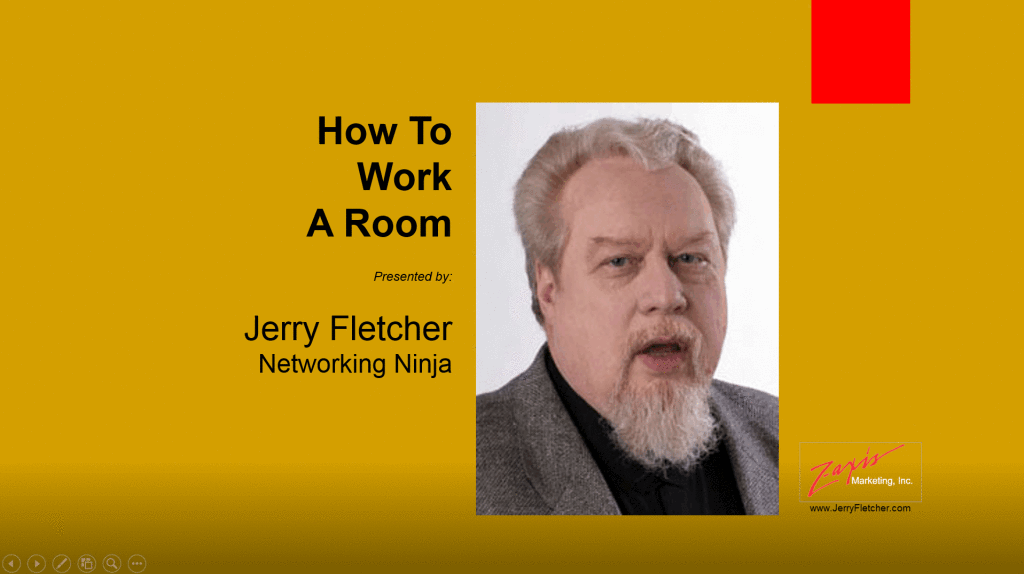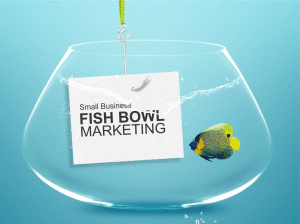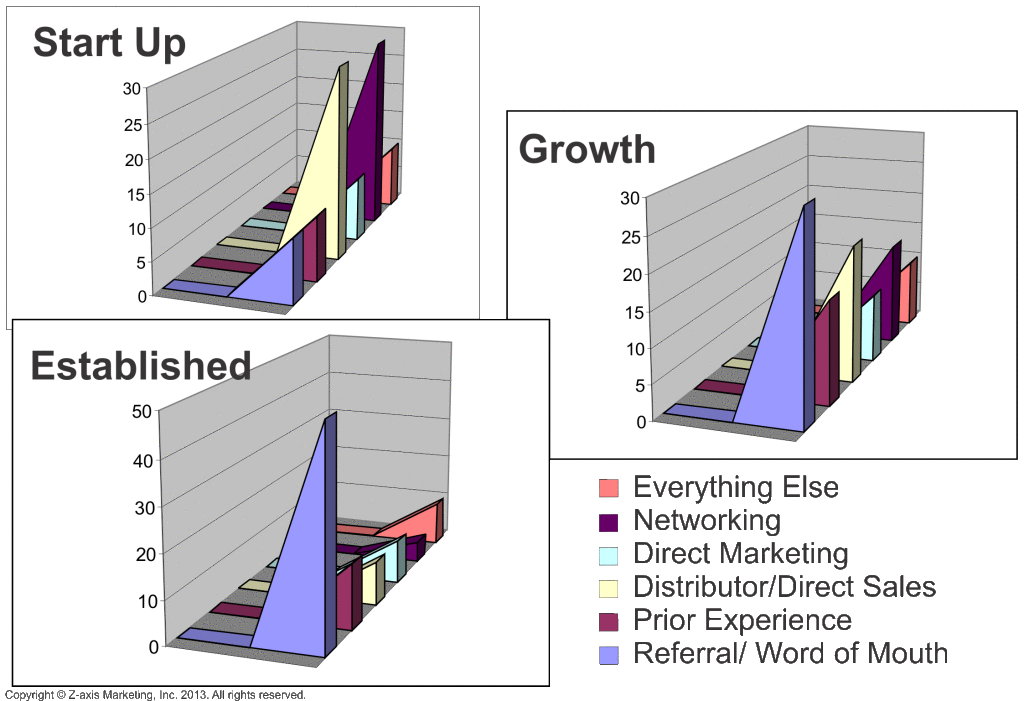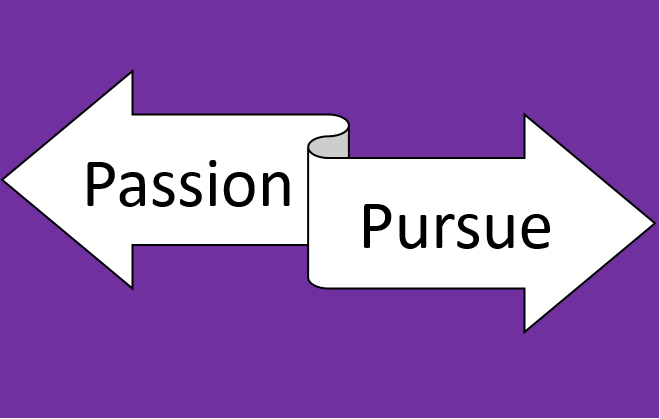 “Little things do mean a lot, ” I said as I took a seat at the Friday lunch gathering and passed out copies of my year end thought starter:
“Little things do mean a lot, ” I said as I took a seat at the Friday lunch gathering and passed out copies of my year end thought starter:
“Take a single grain of sand. It’s the most common element on earth. You can find it on every continent. And not just along the shores. It is at the heart of each computer and just about every permanent structure that serves mankind.
A single grain is virtually invisible…unless it happens to be the mote in your eye.
In that case, that single well-placed speck is the most important thing in your life. That tiny messenger, by being in the right place, can demand all your attention. Nothing else can get your undivided focus until you have removed it.
One small particle can capture if not captivate you.
A handful can demonstrate human nature. Think back to the last time you scooped a handful of sand up and poured it from hand to hand. Wander down memory lane to the beach and cupping your hand to hold as many grains as possible. Remember what happened when you squeezed it. Do you recall how it first squirted and then dribbled out between your fingers and how much less there was when you again cupped your hand?
Customers and prospects, family and friends, staff and employees are all like that handful of sand. The harder you squeeze the less you have. The more you put pressure on them the more they stream away from you.
An open caring relationship keeps more of them with you.
Can there ever be enough? Each of you must make that decision. But the more there are, the greater the risk of losing some through inattention and the vagaries of the winds of time.
Think about that picnic on the beach when the breeze picked up. How about the first time you saw a sand dune. Stop now and consider the number of grains that there were in that dune you climbed. Imagine stacking them up to get someone’s attention. What do you see in your mind’s eye? Do you see the dune or the grains? Your business, your career and your life are like that. Each action, every statement as well as any and all your behaviors add to the stack, grain on grain, until people see the combined aspect.
That shifting, wind-sculpted mass is your persona. It’s the face you present to the world, at once ever changing and yet the same. It is your achievements taken together, which are perceived.
You, your career and your company are the sum total of your deeds and those of the folks you draw around you.
You can choose to be a mild irritation blown helter skelter by each passing breeze or
you can add a little water, some lime and cement and have mortar.
Mortar. With it you can lay brick on brick and build strong and straight and tall. Suddenly the world sees you differently. You’re no longer a drifter. You’ve settled. You’re going to make something of this choice you’ve made.
But be wary. You must mix well to make sure the edifice stands. Too little sand or too much and the hold on the bricks crumbles.
Better perhaps to add some chunks of rock to the mix and fill a form with the amazing material the Romans discovered and named.
We call it concrete. It is a reasonable symbol of how a business or a career or a life can be built that will last. One of the Roman’s aqueducts still carries water to Rome centuries after it was built. It was conceived by engineers and constructed by men proud of their craft. It was a joint effort. No single individual could claim all the credit.
Yes, some took more risks than others but all acknowledged it was a group effort.
They, like we, were and are interdependent. Today that interdependence is global. The World Wide Web is allowing more of us to be swept along together than ever before.
The Takeaway:
The grains are accreting.
Some are trying to squeeze profits from them. Others see only the encroaching dunes. This Age of Access is still in flux. Nothing, as yet, is cast in concrete.
Only the sands of time will tell.”
Each week Jerry and his rowdy but experienced crew of business development consultants gather for lunch and a discussion of what works, what doesn’t as well as the good, bad and ugly marketing and sales they have observed during the week. Yes, their conversation will be back next week. Sign up to get your copy of every blog here.
Jerry Fletcher is a Networking Ninja, Marketing Rainmaker and a CRM Magician. Learn how he answers the question “What do you do?” View the video on his home page at www.JerryFletcher.com
View videos of him speaking at www.NetworkingNinja.com










